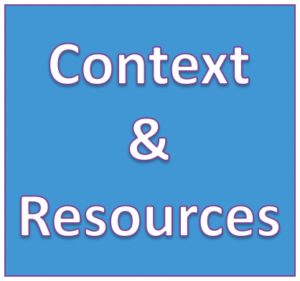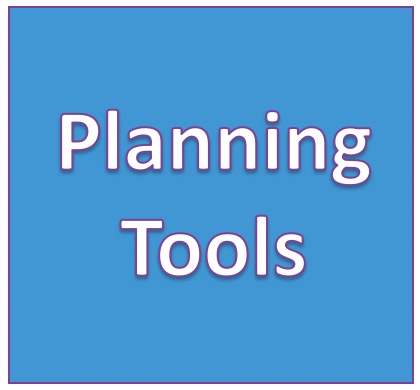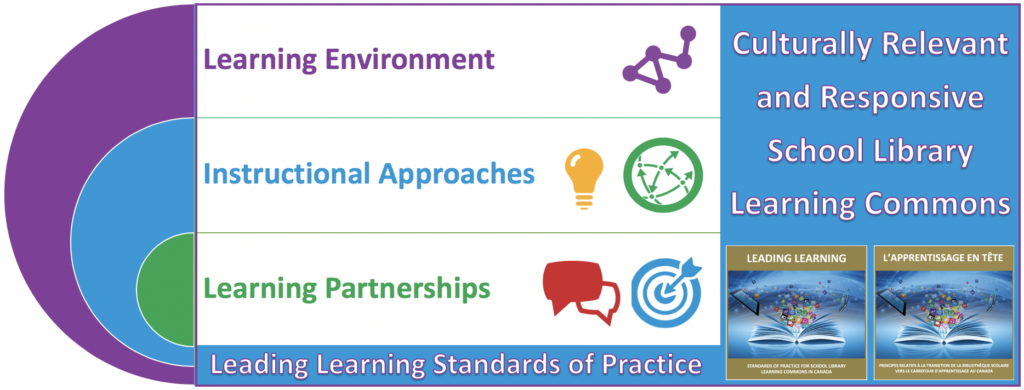 |  |  |
Why does culturally relevant and responsive practice matter in our school library learning commons?
This project was initiated at TMC5 Research Symposium and Think Tank held in Winnipeg, Manitoba in 2017, in partnership with the Manitoba School Library Association (MSLA) SAGE Conference. Creative and energetic minds from around the country came together to work on the theme of Culturally Relevant and Responsive School Library Learning Commons.
“Our school libraries should reflect our common values of equity, diversity, and cultural identity as well as best approaches in the educational and library professions. They should be contextually relevant to student need and success, and built, cared for, measured, renewed and sustained on an ongoing basis by their learning communities.We should position school libraries to lead learning for the future.”
Leading Learning: Standards of Practice for School Library Learning Commons in Canada (Canadian School Libraries)
Supporting schools in the work to build culturally relevant and responsive School Library Learning Commons
When schools consider planning for growth and actions to take to ensure their School Library Learning Commons is on the path to inclusive teaching and learning opportunities they should examine three key elements: Learning Environments, Instructional Approaches and Learning Partnerships. Leading Learning can be utilized as a guideline to chart growth and set goals and success criteria for the School Library Learning Commons to engage, model and lead in culturally relevant and responsive learning and teaching. The following reflective questions can also be helpful catalysts for discussions and provide direction for addressing gaps.

Learning Environment 
Upon entering the physical environment would others be able to identify our values and beliefs about how learners learn?
Elaboration:
- Is the physical space authentically inviting to all who enter?
- Does signage, wall decor, entry doors, etc., represent our current and future thinking, creativity and communication needs?
- Do the spaces, collection and tools reflect a wide range of learning needs and opportunities?
- Whose needs are being met?
- Can the stakeholders change and adapt the space to meet their evolving learning needs?
Upon entering the virtual environment would others be able to identify our values and beliefs about how learners learn?
Elaboration:
- Is the virtual design intuitive to the user?
- Are the design elements supporting participatory actions?
- Does accessibility support user navigation?
- Is there intentional decision making to represent diverse and authentic voices?
- Is there intentional decision making to remain current?
Instructional Approaches 

Do all learners know that they are trusted and included through culturally relevant and responsive instructional strategies?
Elaboration:
- Do our structures and routines match our beliefs about how children learn?
- How do we use culture and diversity to enhance learning and student well being?
- How are we both modelling and celebrating innovative and inclusive instruction?
- Whose voice is influencing our planning and practice?
Are the culturally relevant and responsive instructional strategies evolving and growing as we build relationships with learners, staff and community members?
Elaboration:
- Are inclusive strategies built into the planning, instruction, and formative and summative assessments of learning experiences?
- Are learning experiences authentic, differentiated, flexible and collaborative to move learning forward?
- Do student centred practices foster play and inquiry, curiosity and innovation, critical and creative thinking, and lifelong learning?
- Is continuous reflective practice and learning a pillar of the design?
Learning Partnerships 

How do we use a collaborative approach to identify and address barriers to learning and commit to making a difference?
- Are we valuing the lived experiences, languages and traditions of all community members?
- Are all members of the learning community collaboratively contributing to the library learning commons?
- Are multiple perspectives, not only welcomed but also, valued in our learning community?
- Are the learning partnerships expanding and changing as we build relationships with learners, staff and community members?
Download the PDF version of this page for printing and sharing.
Why does culturally relevant and responsive practice matter in our school library learning commons?
Explore the Context & Connect to Resources
Download Tools for Planning Your Strategy
 |  |  |
